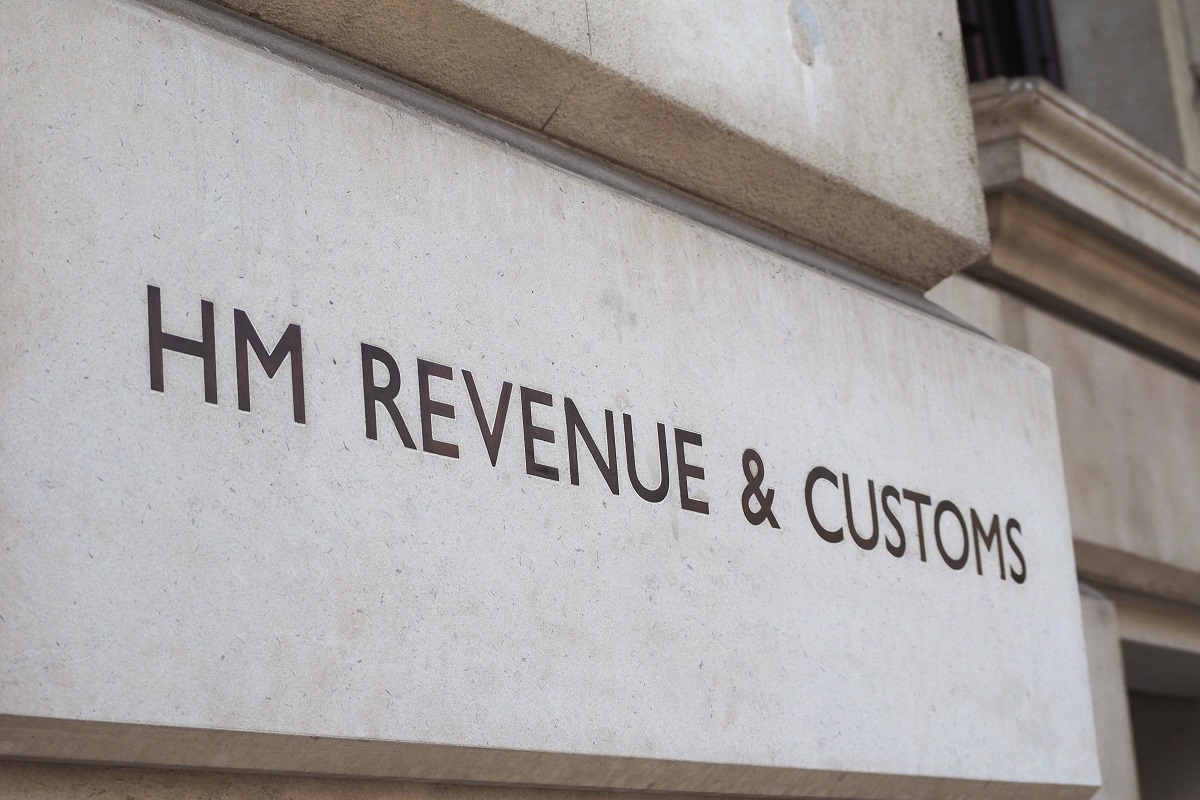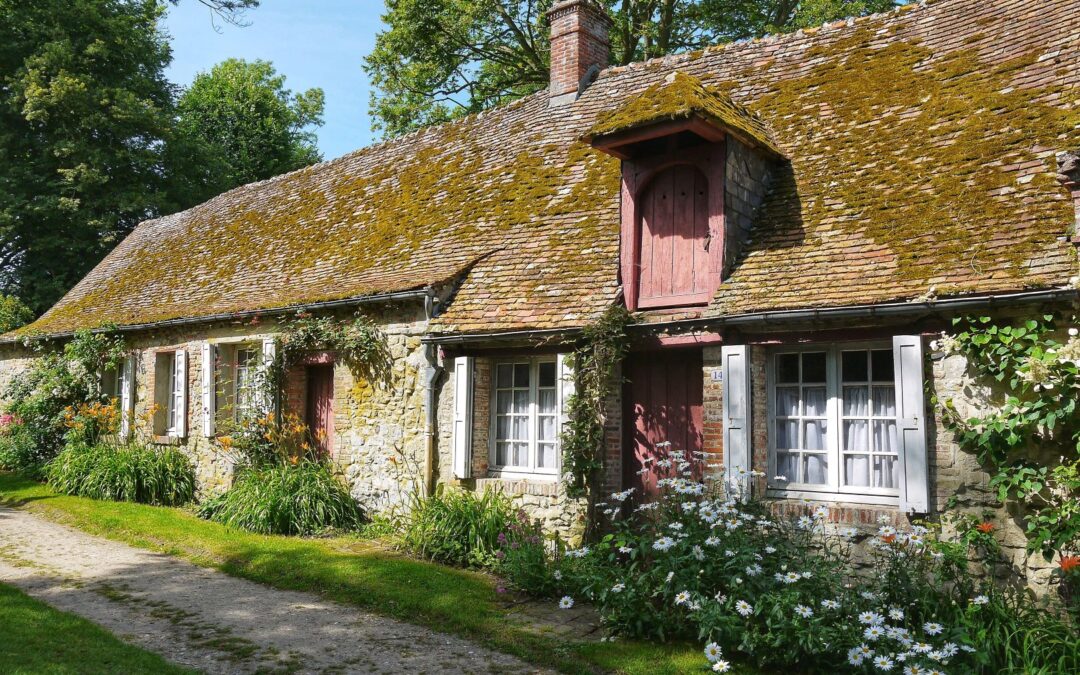The temptation to try and claim for reduced stamp duty liability is great.
Note: Stamp duty has been cut to zero for residential property purchases in England and Northern Ireland up to £500,000 from 8 July 2020 until 31 March 2021, read more here.
Residential Stamp Duty Land Tax runs on a sliding scale up to 15 per cent, whereas the non-residential rate scale is pegged at a maximum five per cent of the whole purchase price.
A new ruling has established that residential property buyers cannot reduce their stamp duty liability by declaring a room in their new home an office, even if they use it as such.
The ruling suggests common sense will be applied in deciding if a property qualifies for the non-residential rates.
In fact, the First-Tier Tribunal ruling was clear and firm, rejecting a non-residential rate claim even though one room of the property was being used as a home office. It had been by the previous owner, too.
Residential stamp duty
Craig Goodfellow and his wife, Julie, had bought their Hampshire property, which was described by estate agents as a ‘fantastic family home’, for £1.775 million, paying £126,750 in residential stamp duty.
The house set in 4.5 acres of the New Forest came with six bedrooms, gardens, swimming pool, garage, stable yard and paddock.
The garage was detached. Above it was the room used as a home office, connected to the main property by a covered walkway. The stable yard and paddocks were let to a neighbour for grazing horses, but for a nominal rent set at £1 a month.
The Goodfellows subsequently claimed that the property was ‘mixed use’ because of the office and paddocks, and that the lower non-residential rate should have applied. They claimed a refund of £48,500 on the amount of stamp duty they had paid. HMRC refused to pay.
HMRC on stamp duty
The First Tier Tribunal agreed with HMRC, and in no uncertain terms. The backdated claim was described as ‘artificial, strained and contrary to common sense’. Effectively, the judgement bluntly rejected the idea the home was ‘mixed use’ for tax purposes, noting that the room in question had its own bathroom and was connected to the main house.
Read more
- A guide to stamp duty for future landlords
- A guide to stamp duty for first time buyers
- Buying a house in a flood risk area
In addition, the judge suggested that it could be used as a spare bedroom or games room. On that basis, using the room as an office was no different to someone who uses a spare room or dining room table as an office.
The Tribunal was equally dismissive of the non-residential claim for the paddocks, deciding that they clearly formed a part of the house grounds as there was no evidence of commercial exploitation.
Non-residential stamp duty can apply
However, it’s important to remember that in some circumstances applying non-residential rates is perfectly acceptable to HMRC. This includes where a property acquired is uninhabitable but not if it has been made deliberately uninhabitable, for example the bathroom has been stripped out or if it just needs modernising.
The lower rate can also sometimes be applied where part of a house can be separately identified and is genuinely in commercial use, the classic example being a doctor’s surgery. Buying at the same time a shop together with a flat above it, also qualifies for the lower non-residential rates even though part of the purchase is clearly residential.
Getting stamp duty right
Because stamp duty is a self-assessment, getting it right is important. Claims that may be challenged successfully risk throwing purchase budgets into disarray and can result in huge extra bills from HMRC, including penalty charges.
A good starting point is definitions. A residential property is defined as ‘a building used as a dwelling, suitable for use as a dwelling, or in the process of being constructed or adapted for such use.’ Everything else is non-residential. In most cases this will be relatively easy to determine, and the Goodfellow case shows that the Tribunal will take a common sense view.
Property tax reliefs you can claim
As well as the opportunity to use the non-residential rates, buyers often miss other opportunities to claim stamp duty reliefs that are available for property purchases. These include multiple dwellings relief for houses with an annexe, ‘granny flat’ or cottage in the grounds. There are also exemptions for properties bought from the estate of someone who has died.
This blog was written by Andrew Levene, a property tax specialist at accountancy firm BKL.





